While digging along a dry river bed in northern Florida, a team of paleontologists and volunteers from the Florida Museum of Natural History has unearthed a collection of bones from an elephant species that lived in the area during the Miocene era, which stretched from 23 million years ago to 5.33 million years ago.
The ancestors of elephants, known as gomphotheres, became extinct long ago. But nearly six million years ago, they inhabited what is now northern Florida in staggering numbers. For whatever reason, it appears that the bones of several gomphotheres ended up in the exact same place along the banks of an ancient river near the modern town of Moonbrook, forming what might be called an “elephant cemetery.”
Isaac Magallanes with a baby tusk. ( Florida Museum )
The fossilized skeletal remains unearthed by Florida Museum of Natural History researchers included animals that died hundreds of years later, in some cases. However, their bones were found in the same place, which indicates that some unique natural phenomenon must have been responsible for this intergenerational accumulation.
Fortunately, many of the ancient elephant skeletons that were found were almost intact, including the skeleton of a fully grown adult. This gave paleontologists a unique opportunity to study the anatomy of a massive and magnificent creature that roamed North America as freely as modern elephants roam through Africa today.
The skull of an adult gomphothere (foreground, tusk covered with white plaster) was separated from the main body (rear, covered with plaster) before being preserved. (Christine Grace / Florida Museum )
“This is a once-in-a-lifetime discovery,” excavation leader Jonathan Bloch, curator of vertebrate paleontology at the Florida Museum of Natural History, said in a statement. a permit issued by that institution. “It is the most complete gomphothere skeleton from this time period in Florida and among the best in North America.”
Celebrating the amazing discoveries of the Moonbrook excavations
Explorations of the prehistoric riverbed outside Moonbrook began in early 2022, as scientists and volunteers descended on the area with the express intent of finding ancient fossils left behind by animals that lived there in the incredibly distant past.
Between five and 5.5 million years ago, during the late Miocene and early Pliocene, the now Dead River was a thriving freshwater ecosystem inhabited by an amazing variety of fish, amphibians, reptiles, and waterfowl. Large mammals such as gomphothere used to come there to drink water as well.
Almost immediately after starting their excavations, the participants called out the appropriate name Moonbrook Fossil Dig Unearthing of gomphothere bones has begun. As the excavations continued, one of the volunteers on the project, a retired chemistry teacher from Moonbrook named Dean Warner, came across the fossilized remains of an unusually large animal.
“I started getting hit on the toe and ankle bones one by one,” Warner recalls. As I continued digging, it turned out to be the ulna and radius [long arm bones] It has begun to unfold.”
Eventually, a complete adult gomphothere skeleton was found at that spot, and as the digging continued, scientists and volunteers found other intact skeletons, from a total of seven young animals.
Leave; Volunteer with gomphothere jaw. right; Richard Hulbert, director of the Vertebrate Paleontology Collections, added gum to the “bed of elephant bone” fossils. ( Florida Museum )
While the adult gomphothere was large compared to members of other ancient river bottom species, it was only comparable in size to an adult modern African elephant. The five- to six-million-year-old gomphothere was roughly eight feet (2.4 meters) long, while its skull and tusks were just over nine feet (2.7 meters) long from front to back. These dimensions make it the largest gomphothere skeleton recovered anywhere.
“Not only were the bones much larger than any other individual we’ve seen, but they were actually in place as if the animal had just laid down and died,” Bloch noted, seeming to confirm that this was a species of elephant. A cemetery where animals often came to live out their last days.
Gomphotheres can be roughly identified by its tusks, which have unique shapes, orientations, and banding patterns that vary by group. (Illustrations by Pedro Toledo / Florida Museum )
An unintended elephant graveyard
Scientists deny that elephants are able to deliberately choose a place to die. But this does not necessarily debunk the concept of an elephant cemetery. It may be that old or sick elephants prefer to lie down and rest near familiar freshwater sources, and if that happened in the area around Moonbrook millions of years ago, it would explain how so many gomphotheres died out at the same location. This would make such a site a de facto elephant cemetery, even if the elephants themselves didn’t think of it that way.
As of now, the paleontologists responsible for this amazing discovery are going with a different theory. They speculate that the healthy adult Gomphithyir had drowned where its skeleton was found, but the carcasses of other ancient animals had been washed into the river during floods and deposited in that spot because they lay at a bend in the river. . Over time, the skeletons started piling up, making it look as if they had come there on purpose to die.
Discover the truth about Florida’s mysterious elephant ancestors
Whatever the truth about its origin, there is no doubt that the discovery of this prehistoric elephant graveyard is a stroke of tremendous luck.
“It was very exciting because this gave us an opportunity to not only see what the adults could do [gomphothere] It would look, but also to document every bone in its structure with great care,” Jonathan Bloch told an interviewer from live science .
“That’s exciting from a scientific perspective if you’re trying to understand the anatomy of these animals and something about their biology and evolution.”
Gomphotheres was among the most diverse of all microscopic organisms and spread to nearly every continent during its 20-million-year reign. (Merald Clark / Florida Museum )
During the Miocene epoch, these modern elephant relatives occupied the open savannas that can be found in Africa, Eurasia, and the Americas. But grasslands began to replace many of these North American savannas, and increasingly intense competition for precious resources drove gomphotheres to extinction about 1.6 million years ago.
There are still many unanswered questions about the lives and lifestyles of this long-extinct species. But researchers at the Florida Museum of Natural History are excited about how much they can learn from studying well-preserved gomphothere fossils found along an ancient riverbed in Florida.
Eventually, the fossilized bones of the healthy adult animal will be pieced together and displayed to the public at the museum, next to the skeletons of mammoths and foragers that are already part of the museum’s extensive fossil collection.
Top photo: Researchers and volunteers at the Florida Museum of Natural History discovered ancient remains of several elephant ancestors at a fossil site in North Florida. Source: Christine Grace / Florida Museum
By Nathan Valdi

“Extreme travel lover. Bacon fanatic. Troublemaker. Introvert. Passionate music fanatic.”






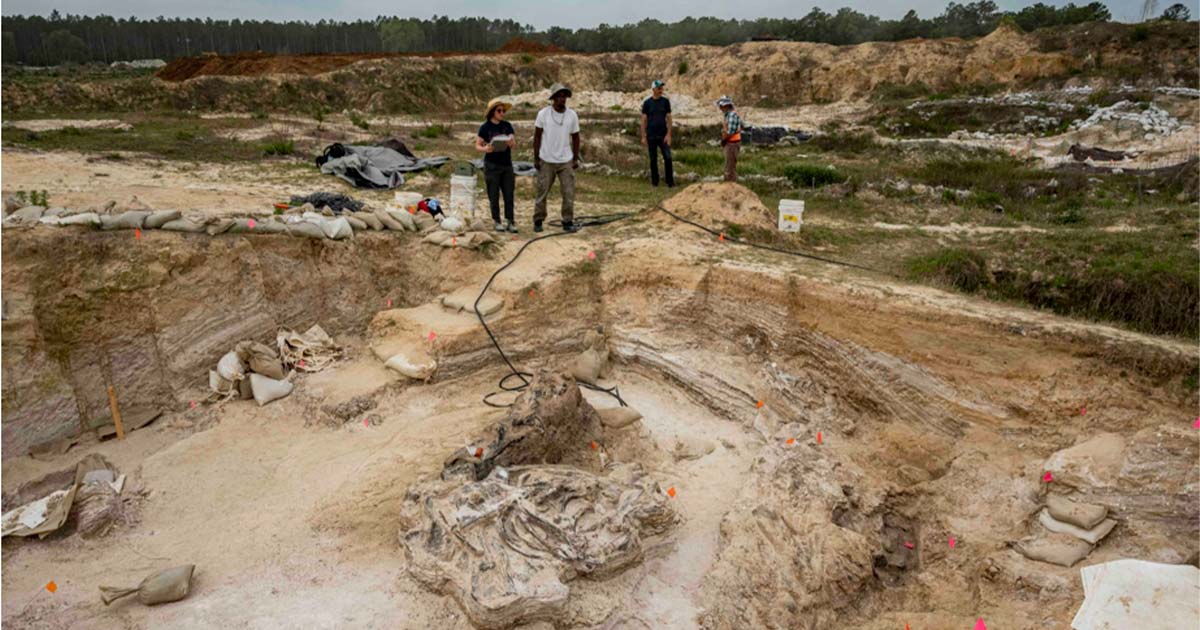
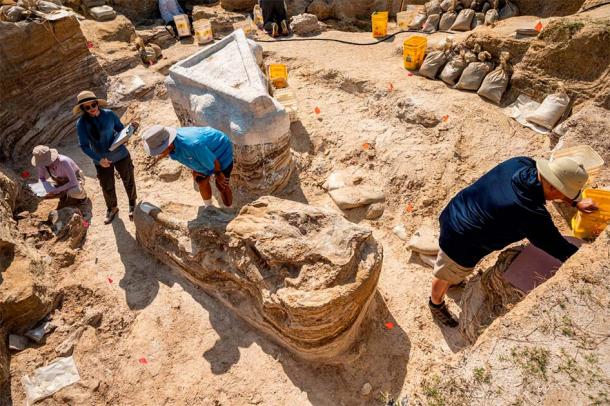
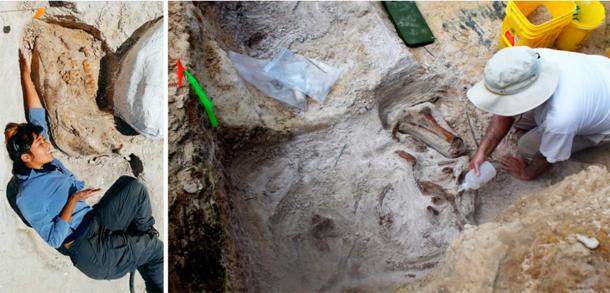
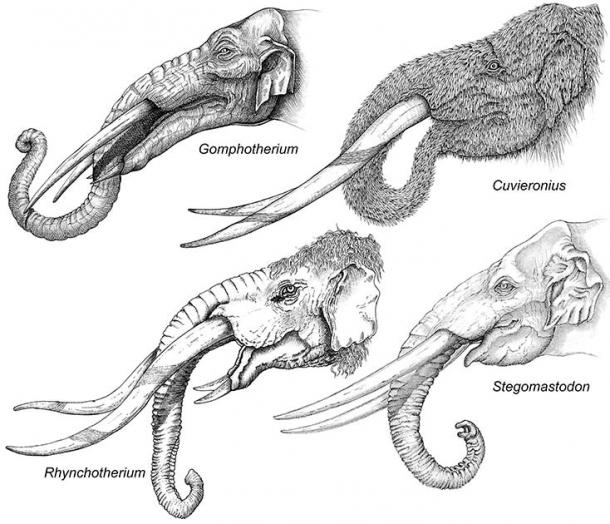
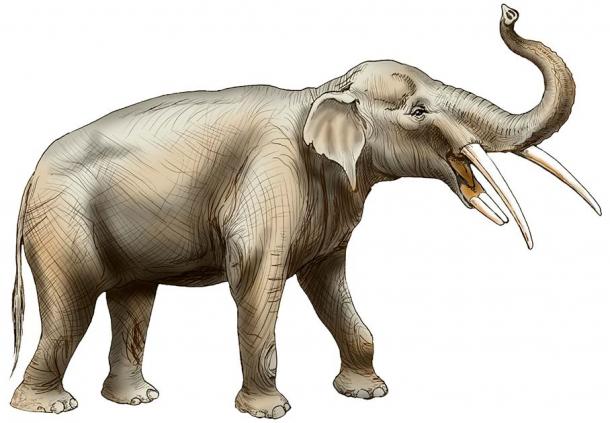
More Stories
Hawaii was canceled by CBS after 3 seasons
Inside NASA's months-long effort to save the Voyager 1 mission
Poppy Harlow is out at CNN after CNN This Morning was canceled